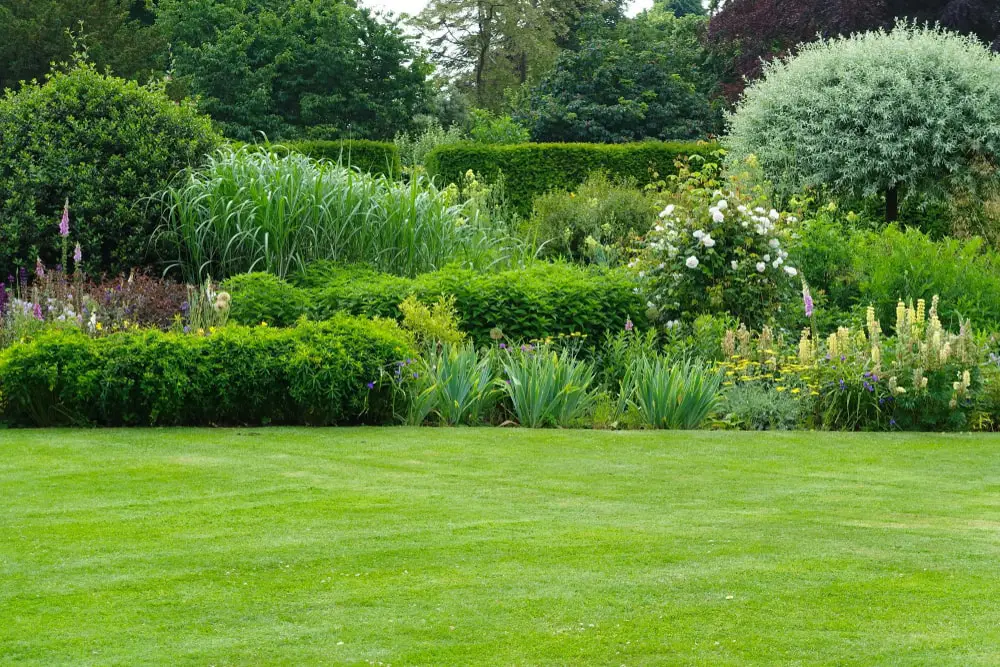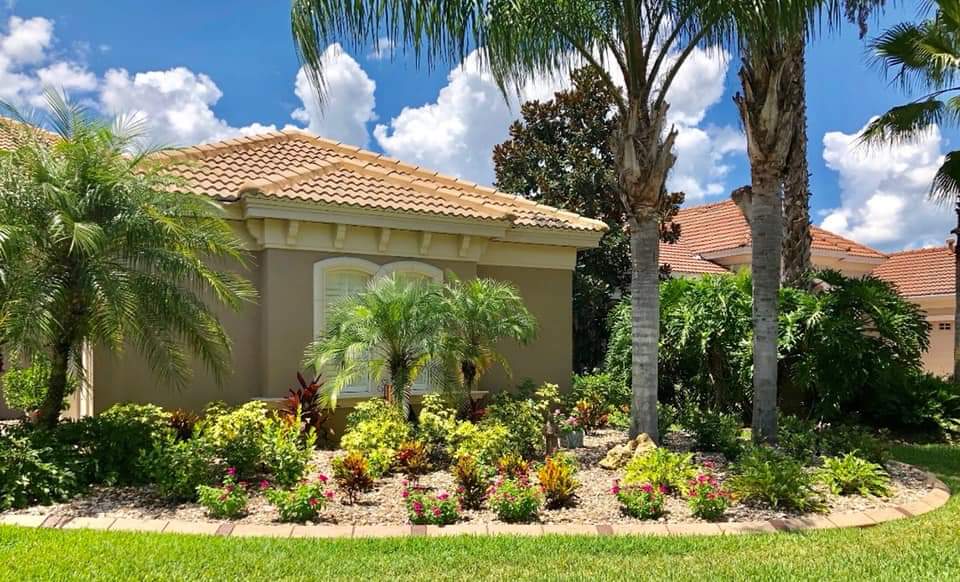Discover the Advantages of Sustainable Palm Desert Landscaping Techniques
Discover the Advantages of Sustainable Palm Desert Landscaping Techniques
Blog Article
A Comprehensive Overview to Creating and Implementing Effective Landscape Design Solutions
The art and science of landscaping extend past simple visual appeals; they entail a thoughtful assimilation of layout principles, ecological stewardship, and functional execution. An extensive overview to effective landscaping solutions begins with an in-depth understanding of your outside space, emphasizing the importance of unity, percentage, and equilibrium. As we explore lasting methods and the choice of appropriate vegetation, the effects for biodiversity and neighborhood well-being end up being increasingly noticeable. What strategies can one use to ensure these landscapes not just flourish however additionally thrive in consistency with their surroundings?

Comprehending Landscape Layout Principles
One may question what fundamental components contribute to efficient landscape style. At its core, successful landscape layout depends upon a number of vital concepts that guide the plan and option of components within an area. These principles include unity, equilibrium, rhythm, and proportion, each serving to create a harmonious outside setting.
Unity describes the cohesive partnership among different elements, making sure that they function with each other visually and functionally. Equilibrium can be achieved with asymmetrical or balanced arrangements, allowing the landscape to feel steady and welcoming. Proportion includes recognizing the range of elements in regard to each other and the surrounding atmosphere, advertising visual harmony and comfort.

Evaluating Your Outdoor Space
Before implementing the principles of landscape design, a thorough evaluation of your exterior room is essential. This preliminary assessment assists define the range of your landscape design project and guarantees that your layout straightens with the unique attributes of your home. Begin by evaluating the measurements of your area, taking precise measurements to comprehend the available location for various elements such as outdoor patios, pathways, and gardens.
Following, observe the existing attributes of your landscape, consisting of topography, dirt quality, and drainage patterns. These elements dramatically influence plant selection and placement. In addition, analyze the sunlight exposure across various locations throughout the day, as this will certainly impact the sorts of plants that thrive in your garden.
Consider the microclimates developed by structures, trees, and other barriers, as they can impact temperature level and dampness degrees. Take note of any existing plants or hardscape components that you wish to preserve or get rid of. This extensive assessment prepares for a efficient and educated landscaping service, making certain that your design is not just cosmetically pleasing but likewise useful and sustainable for many years to come.
Lasting Landscape Design Strategies
Including lasting landscape design strategies is vital for developing an environmentally liable outdoor space. These methods not just promote eco-friendly equilibrium however likewise improve the functional and visual value of a landscape. One fundamental method is the usage of native plants, which need much less water and maintenance while supporting regional wild animals. Carrying out effective irrigation systems, such as drip irrigation, minimizes water waste and guarantees that plants receive sufficient wetness.

Another efficient strategy is the strategic positioning of hedges and trees to offer natural windbreaks and shade, thus reducing power expenses (Palm Desert Landscaping). Rain yards can be integrated right into the landscape design to take care of stormwater runoff efficiently, filtering contaminants before they enter waterways
Selecting the Right Plant Kingdoms
Selecting the right plants for your landscape is crucial to attaining both aesthetic charm and eco-friendly consistency. The visit site process starts with an understanding of your regional climate, dirt problems, and the specific microenvironments within your landscape. Assessing variables such as sunshine direct exposure, wetness degrees, and existing plants will certainly assist you pick plants that thrive in your one-of-a-kind setting.
Consider including indigenous plants, as they are well-adapted to neighborhood conditions, need less upkeep, and assistance neighborhood wild animals. Additionally, picking a diverse selection of varieties can boost biodiversity while lowering the risk of condition and bug break outs. It is vital to evaluate the growth routines, flowering periods, and seasonal shades of potential plants to produce a cohesive and vibrant landscape.
Moreover, think of the meant use the space; for example, if the area will certainly experience high foot website traffic, choose resilient ground covers. By attentively selecting plants that straighten with both your aesthetic objectives and ecological demands, you can produce a lasting landscape that here not just boosts your residential property but also contributes favorably to the bordering ecological community.

Application and Upkeep Methods
Once the right plants have actually been picked for your landscape, the focus changes to effective implementation and continuous maintenance approaches. Successful setup starts with proper site preparation, which includes dirt screening to establish nutrient degrees and pH, followed by changing the dirt as required. Very carefully arrange plants according to their development habits and light requirements, making sure appropriate spacing to promote healthy growth.
Watering is an essential component of application. Establish a watering schedule that thinks about the specific needs of each plant varieties, changing for seasonal adjustments. Making use of drip irrigation systems can improve water effectiveness and decrease overflow.
Upkeep methods should be applied to ensure the durability and vigor of your landscape. Routine tasks consist of weeding, mulching, and pruning to manage development and avoid disease. Fertilizing should be conducted based upon soil examinations, giving the needed nutrients without over-fertilizing.
Keeping an eye on for conditions and pests is essential; early discovery can prevent substantial damages. Seasonal adjustments to upkeep routines, such as preparing and winterizing perennials for spring growth, will make certain that your landscape continues to be healthy and aesthetically appealing year-round.
Conclusion
Effective implementation and ongoing upkeep further make sure the long life and vigor of landscapes. By incorporating these aspects, landscapes can be transformed into stunning, useful atmospheres that promote biodiversity and contribute favorably to community wellness.
One might wonder what fundamental components contribute to effective landscape layout. At its core, successful landscape style pivots on a number of crucial concepts that you can look here direct the arrangement and option of components within an area.Selecting the right plants for your landscape is critical to attaining both aesthetic allure and ecological consistency. It is vital to examine the growth habits, blooming periods, and seasonal colors of prospective plants to produce a vibrant and cohesive landscape.
As soon as the right plants have been picked for your landscape, the focus shifts to efficient implementation and ongoing maintenance methods.
Report this page